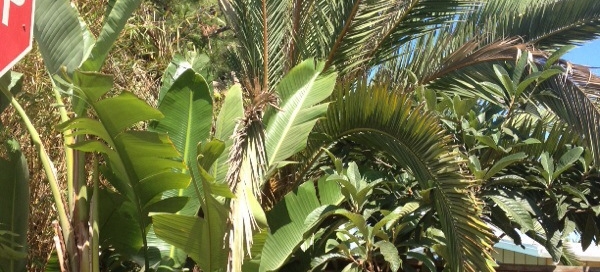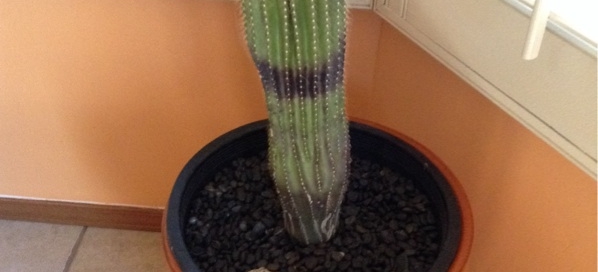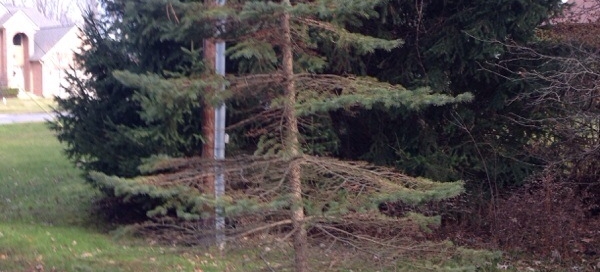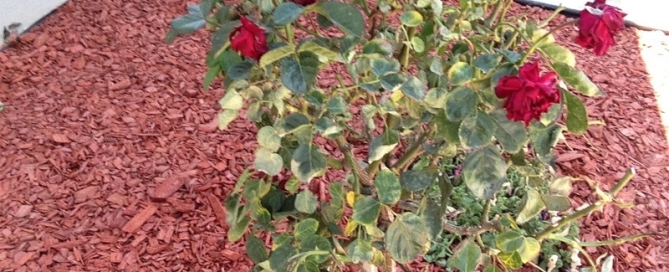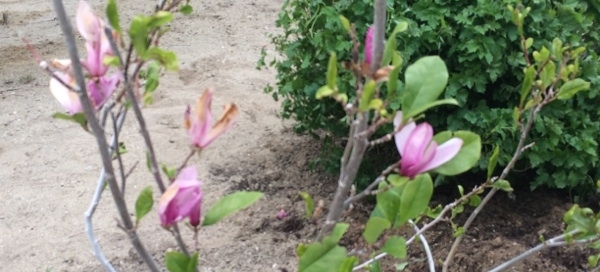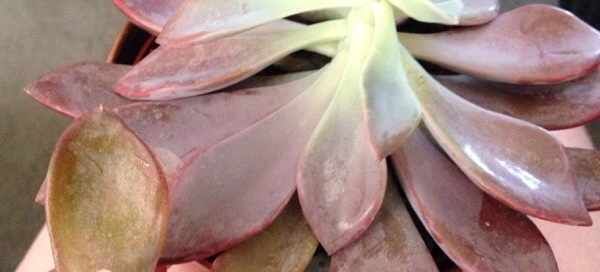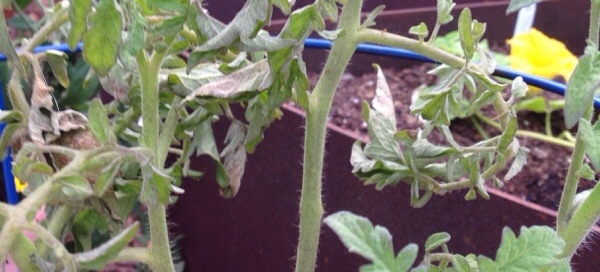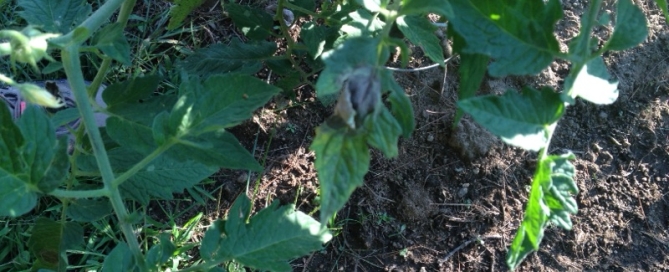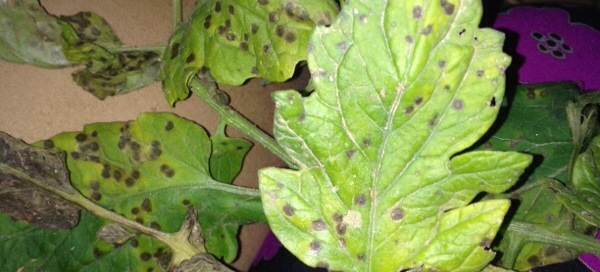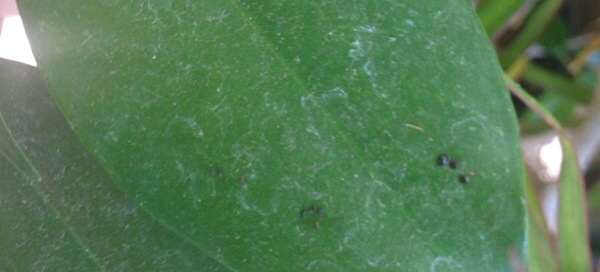Palm Rot
This may be Pink Rot, which leads to Fusarium Wilt. This is a common and devastating palm issue in Southern California, It's more problematic in Coastal Communities. Here is some info: http://ucanr.edu/sites/sjcoeh/files/77094.pdf
There is lits of information online about the disease and how to recognize it. Usually the half a front is living and the other half is dying is the best cue. There are no other issues that would cause half the palm fronds leaflets to die.
If it is this disease there are no cures. It would have to be carefully removed to not spread more spores throughout your area. It is best to have the county entomology office sample it in their lab for positive ID. There is a trick to test it in the field, but not as good as a formal lab test. If you cut a piece of the area that appears to be diseased, but still has living tissue put it in a a ziplock bag and seal tightly. Keep it in a shady location for a couple of days and watch the cut side of the palm tissue daily. If it has Pink Rot it will change from a white or cream colored tissue to a pink or peach color. It is carried in the wind and can enter a palm from simply cutting fronds. Its always best to only prune dead palm fronds as cutting living palm tissue will expose them to this deadly disease. Many chainsaws spread the disease since they can't be sterilized properly like hand saws can be. It can take many years before a Palm shows systems and dies. Sometime so much time goes by that understanding it was from a trimming years ago that infected it isn't always realized.
It would be best to contact your county entomologist or university cooperative extension office for further help and positive identification.
